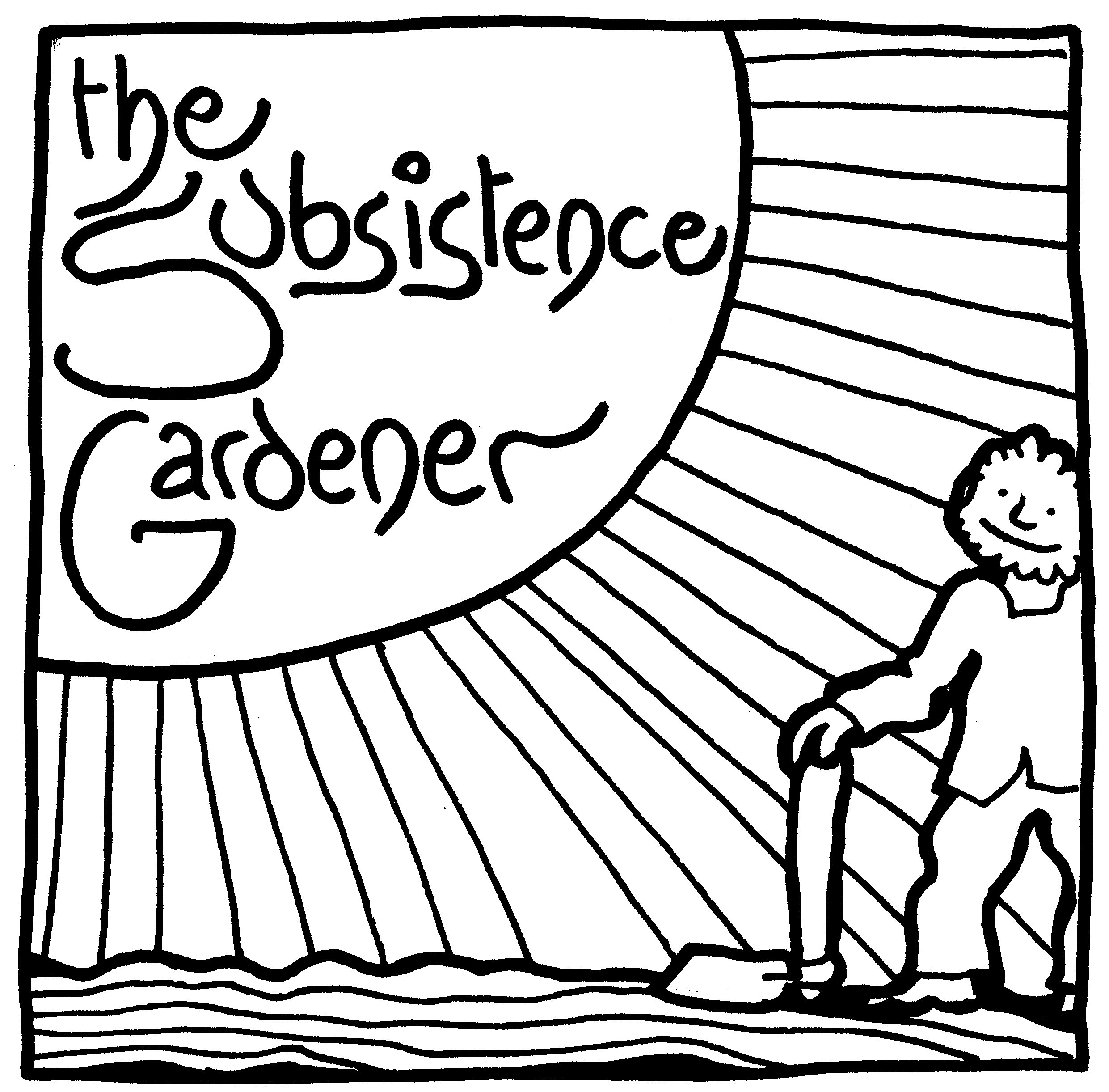Most people are at least vaguely aware that the majority of people in the world live by one form of subsistence farming or another. However, this vague understanding is generally accompanied by a set of unsubstantiated assumptions that leads them to believe that subsistence farming is inevitably associated with poverty and deprivation, and that it is something to be avoided at all costs.
The purpose of this website is to put the other side of the argument: that growing things for your own needs is not like farming in the modern sense of the word; that it is, in fact, more like gardening, almost a leisure activity, that is good for the health, and brings you closer to the natural world. Furthermore, when one is able to meet some of one’s basic needs directly from nature, one has more independence, a greater sense of freedom, and is more able to make a positive contribution to the wider society.
Basic Needs
Subsistence implies that one gets what one needs, and nothing extra, an idea which, in today’s world, has negative connotations. But subsistence means different things in different places, and at different times. In northerly areas, basic needs include having warm cloths, fuel for the fire, and a weather-proof house, for example; in most places where subsistence living is practised, basic needs would include having a large enough food store to see you through years of poor harvest. There are other, less tangible, basic needs – other than food, fuel, clothing and shelter – such as human companionship, community, security, a sense of self-worth, and a sense of purpose, for example.
Much of the process of economic development that has taken place over the past three hundred years, has been driven by the idea that people do not have to limit themselves to simply supplying their basic needs – everyone who is lucky enough to be living in a developed economy can have more than is strictly necessary. They can have holidays, a car, hot showers, washing machines, computers, exotic foods, and so on and so forth; the analysis that has been lacking, however, is the degree to which having these things has led to the loss of some of the potentially more important, but less-tangible, basic needs that people had been taking for granted; in addition, increased availability of a product is not an improvement, if it comes at the expense of quality. There is also the question of balancing short-term benefits against long-term costs, such as resource depletion and environmental damage, that no one would have thought of when people first moved away from subsistence living: clean air and pure water are also basic necessities which, presumaby, no one would have willingly traded for an item of new technology. In fact, even now, it has not been properly established that it is possible, within the laws of nature, to actually get more than one needs, or if, when one reaches out for something extra, one automatically loses something that one already has. And why would one want to have more than one needs, even if it was possible?
Part of our problem is that we can no longer distinguish between which things are part of our basic needs, and whih things are not. Nowadays, people say that such things as electricity, hospitals, schools, a bank account and public transport are essentials of life, but, clearly, even if such things are essential to life in the modern world, they are not essential to life itself – and there is a difference.
It seems that the modern economy is designed to keep people confused on these issues. Subsistence gardening, however, is independent of the modern economy. It allows you to meet some of your basic needs – such as for food and fuel – directly from nature, for no cost. At the same time, some less tangible needs – such as the need for healthy exercise, or the need for contact with nature – are also met, and this helps one to understand the differences between what one really needs from what one wants, and what one only needs because other things in life are not working properly.
